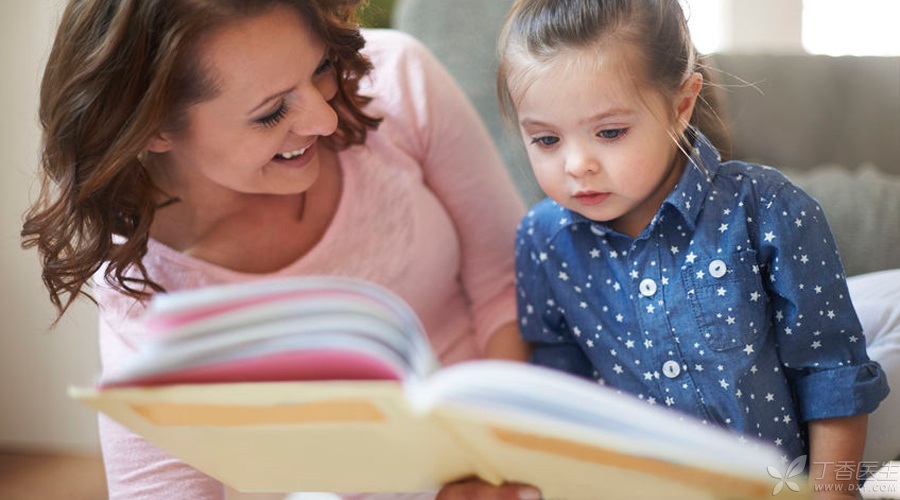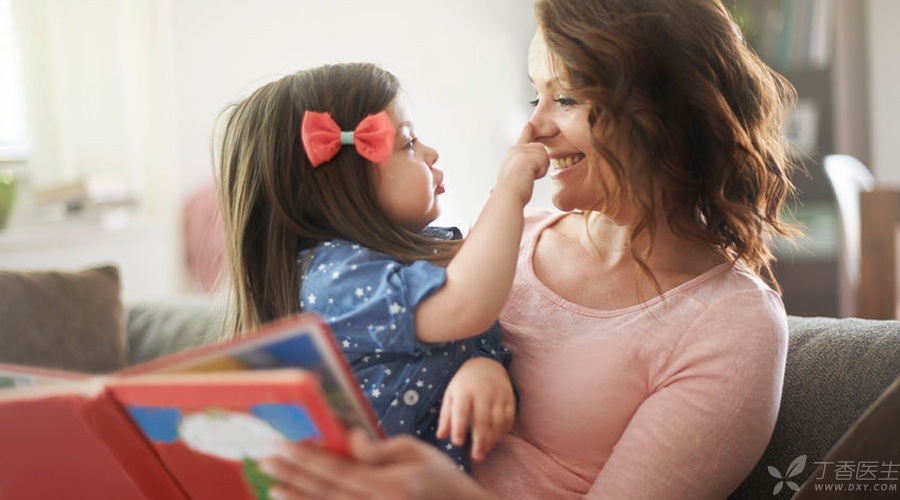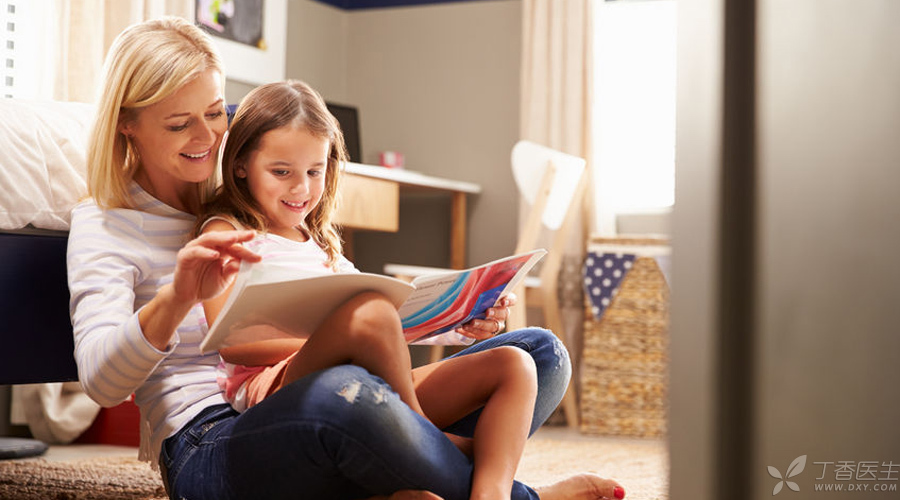
Now many parents will take their babies to read picture books together, hoping to enlighten their babies by telling stories and teach them various social and life skills. Moreover, reading picture books can also strengthen the parent-child relationship and narrow the distance with the baby.
Picture books bring babies the spread of knowledge and emotion…
But! There is always a but!
The way of reading picture books is wrong, even the more you read, the more problems you have.
Some mothers will think that there are too few words in picture books and they cannot teach their children how to read. However, the main purpose of reading picture books is not to teach them how to read.
Have you been caught in the three misunderstandings of reading picture books?
Myth 1: Reading picture books to babies is to make them read more characters.
Some parents, the baby was fine when he was a child, and when he went to kindergarten, they wanted to position the baby according to the standards of primary school students. As a result, reading picture books has become a “literacy enlightenment lesson”.
Pictures pass by in a hurry, always leaving time on blank words.
How do you pronounce the word baby? Mom taught you yesterday. Read it to Mom.
If the baby cannot answer, the parents of the following story will not be able to read it well. Over time, the baby’s interest in reading will be greatly reduced.
Babies in the middle and early school age are more sensitive to visual images. Reading pictures in picture books is an important way for children to develop their observation and cultivate their imagination and aesthetic taste. This is the most precious place for picture book reading.

Myth 2: Want to explain a truth through the story,
Parents of the post-80s generation all have the sequelae of Chinese reading comprehension. When they see a story, they always want to dig deep into the connotation behind it and always want to [pull to a certain height]. As a result, our domestic cartoons and picture books always want their babies to [understand a truth] after watching it.
Some parents may read picture books in the same way [this story tells us…] [we can’t do this in the future, understand? ]
However, babies aged three or four do not have the ability to think abstractly, their language expression ability is also insufficient, and they do not have much perception of [truth] and [meaning]. They mainly gain positive life experiences by appreciating the people and things in the story and projecting the hero’s behavior.
Myth 3: Always Ask Closed Questions
Parents are eager to improve their chances of communicating with their babies by reading. When reading picture books, you may say to your baby like this:
Bear is not doing this well, is it?
We also ate cake together, didn’t we?
Usually, the baby only needs to nod and shake his head to respond to you. But this kind of closed question is like [talking in one voice]. After a long time, how can the chat continue?
In fact, parents should encourage their babies to be unconstrained and unconstrained, to play their imagination, and to leave the [theme] and go [desertion]. Over time, there will be more common languages.

Read Picture Book [Correct Opening Method]
Interactive reading is an ideal reading method, with three steps:
Input: Read aloud excellent picture books;
Internalization: Let children communicate with their parents or companions and give full play to their imagination;
Output: Through retelling, role-playing, painting and other ways, the children’s inner feelings brought by picture books are expressed.
Facing the picture books, parents’ doubts include:
Q: Why do babies always like to listen to a story over and over again, and look down in a hurry before one page is finished?
A: Babies of three or four years old like to listen to familiar stories over and over again, because familiar stories make them have certain foresight and sense of participation. Sometimes, a page in a picture book has something they are familiar with, so they will turn down in a hurry before you finish.
Q: My baby has already read. Will picture books be too easy for him?
A: In fact, children are sensitive to visual stimulation in the middle and early school age. Picture books can give sufficient imagination space in this respect, so that children can have an intuitive feeling for life experience and emotional accumulation. During this period, children’s logical thinking ability is still relatively weak, and they need to assist cognition through pictures.

Picking picture books is a technical activity.
Facing the children in the middle and early school age, we can choose as follows:
-
The hero is lovely and the number of characters should not be too large.
-
The content of the story is close to life, and the scene is something the baby is familiar with everyday.
-
The language of the story is relatively simple and the picture is clear and beautiful.
-
The plot of the story has certain predictability, and the ending can be somewhat unexpected and surprising.
Finally, give me a book list and take the picture books suitable for babies aged 0 ~ 6.
